Ask AI on The Internet
Question: assessing/an evaluation of the impact of use of virtual reality in enhancing visitor experience and cultural understanding: the case of dzimbanhete arts and culture interactions trust. im proposing to come up with a virtual presentation of dzimbanhete arts and culture interactions trust
Creating a virtual presentation to assess the impact of virtual reality (VR) on enhancing visitor experience and cultural understanding at Dzimbanhete Arts and Culture Interactions Trust (DACIT) could be an engaging and insightful project. Here’s a step-by-step guide to help you with your proposal and evaluation: ### 1. Define Your Objectives - **Enhancing Visitor Experience:** Determine how VR will provide a more immersive and engaging experience compared to traditional methods. - **Cultural Understanding:** Identify how VR can effectively communicate the cultural significance and heritage represented by DACIT. ### 2. Background Research - **DACIT Overview:** Provide a detailed description of DACIT, its mission, and its cultural significance. - **Existing VR Applications:** Review how VR has been used in similar cultural and historical settings. ### 3. Develop Your VR Solution - **Content Creation:** Decide what aspects of DACIT will be presented in VR. This could include virtual tours, interactive exhibits, storytelling from cultural leaders, etc. - **Technology:** Choose the appropriate VR technology (hardware and software). Consider user accessibility and ease of use. - **Partnerships:** Identify potential collaborators, such as VR content creators, cultural experts, and technology partners. ### 4. Implementation Plan - **Project Timeline:** Outline a timeline for each phase of development, from initial planning and design to testing and deployment. - **Budget:** Estimate costs for content creation, technology acquisition, labor, and other expenses. - **Logistics:** Plan for the practical aspects of implementing VR at DACIT (installation, user guidance, etc.). ### 5. Evaluation Methodology - **Visitor Feedback:** Develop surveys and feedback forms to gather visitor reactions and assess their experience. - **Behavioral Analytics:** Use VR analytics tools to track interactions, engagement levels, and navigation patterns. - **Comparative Analysis:** Compare visitor experiences and understanding before and after the implementation of VR. ### 6. Impact Assessment - **Qualitative Metrics:** Evaluate visitor testimonials, cultural understanding, and educational impact. - **Quantitative Metrics:** Analyze visitor numbers, engagement rates, and other relevant data points. - **Case Studies:** Present case studies of individuals or groups who benefited significantly from the VR experience. ### 7. Challenges and Mitigation - **Technical Issues:** Address potential technical difficulties and propose solutions. - **Cultural Sensitivity:** Ensure that the VR content is culturally accurate and sensitive to the heritage it represents. - **User Accessibility:** Make VR experiences accessible to all visitors, including those with disabilities. ### 8. Conclusion and Recommendations - Summarize the expected benefits and impacts of introducing VR. - Offer recommendations for further improvements and future developments. ### Proposal Outline 1. **Introduction** - Objectives and significance of the project. 2. **Background** - Overview of DACIT. - Review of existing VR applications in cultural settings. 3. **Development of VR Solution** - Content selection and creation. - Technological considerations. - Partnerships. 4. **Implementation Plan** - Timeline. - Budget. - Logistics. 5. **Evaluation Methodology** - Visitor feedback and analytics. - Comparative analysis. 6. **Impact Assessment** - Qualitative and quantitative metrics. - Case studies. 7. **Challenges and Mitigation** - Technical issues. - Cultural sensitivity. - User accessibility. 8. **Conclusion and Recommendations** - Summary of expected impacts. - Future recommendations. By detailing each of these sections, your proposal for a virtual presentation at DACIT will effectively demonstrate how VR can enhance visitor experiences and cultural understanding.
Think your answer is better than the AI's? Post it below.
Other Most Relevant Posts:
Question Tags
If you want your question answered by an AI, click here.
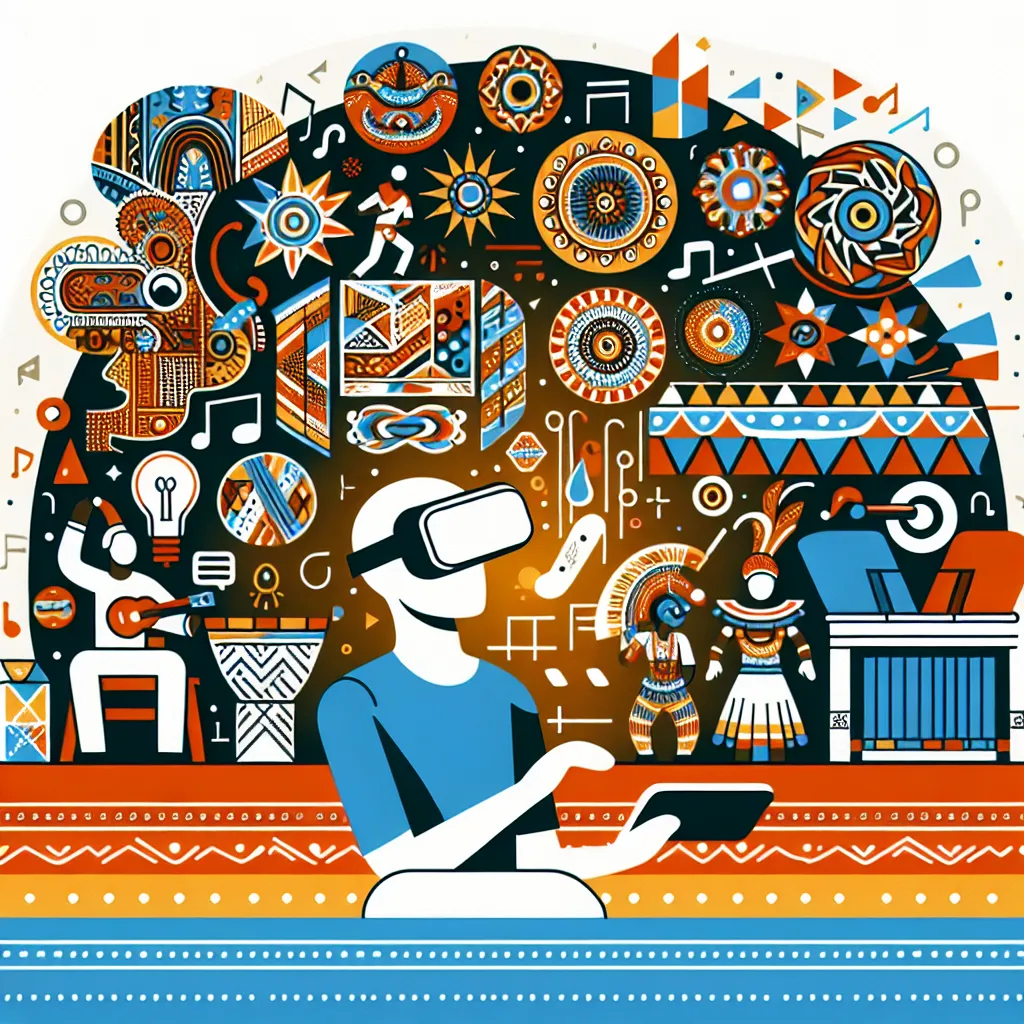
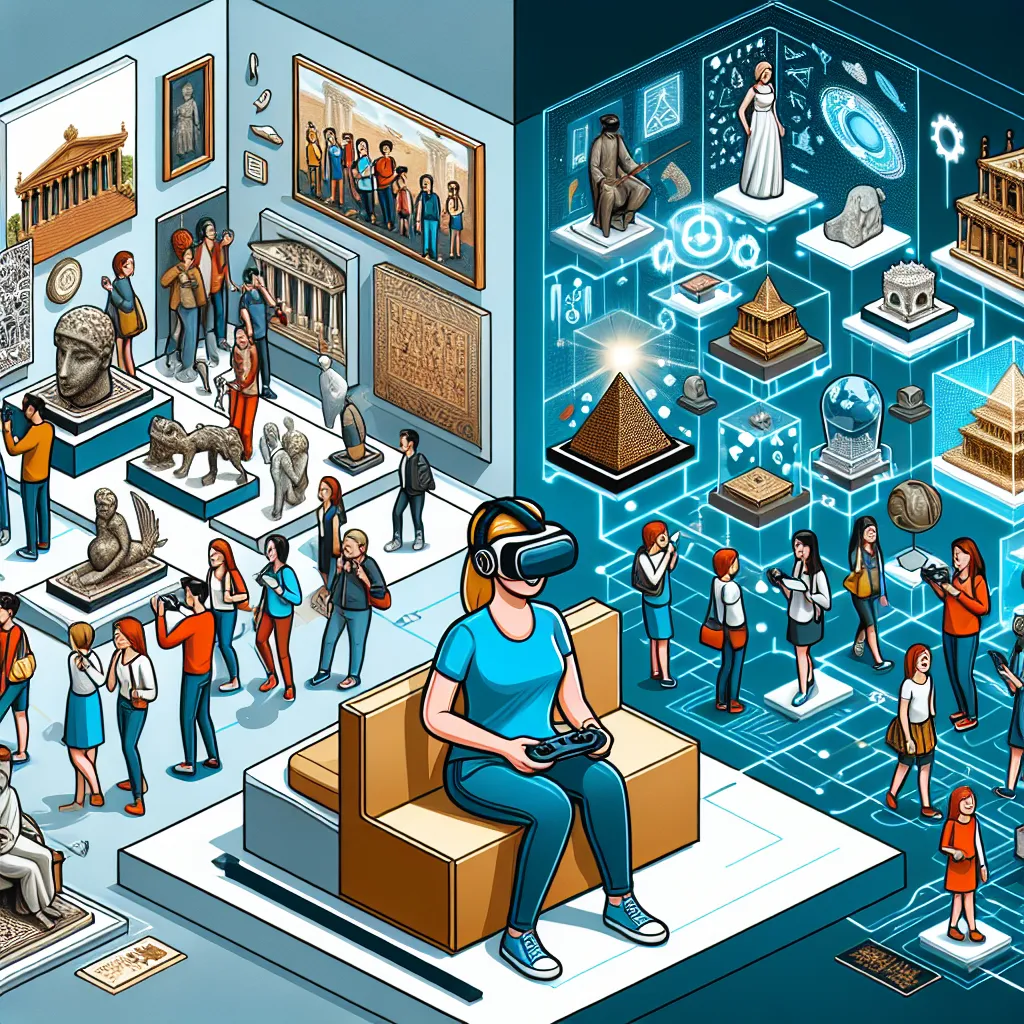
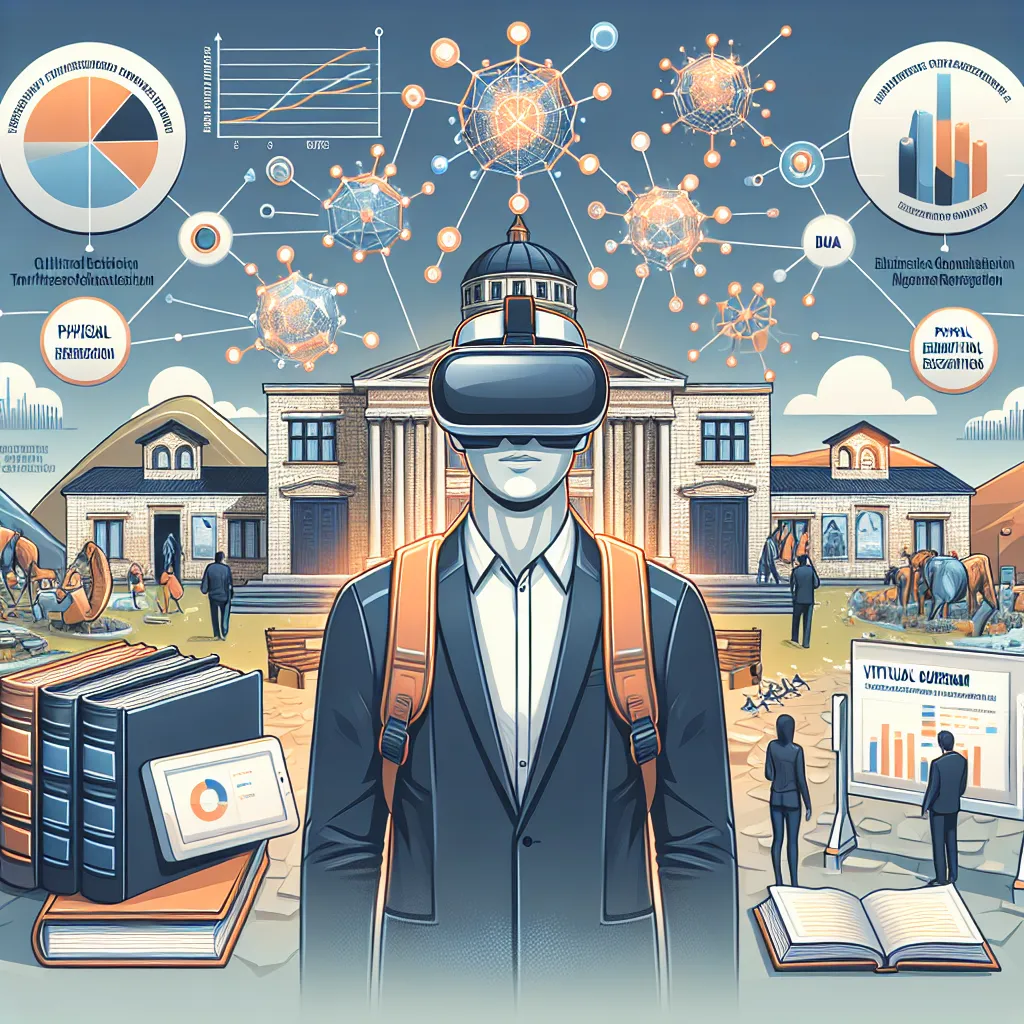
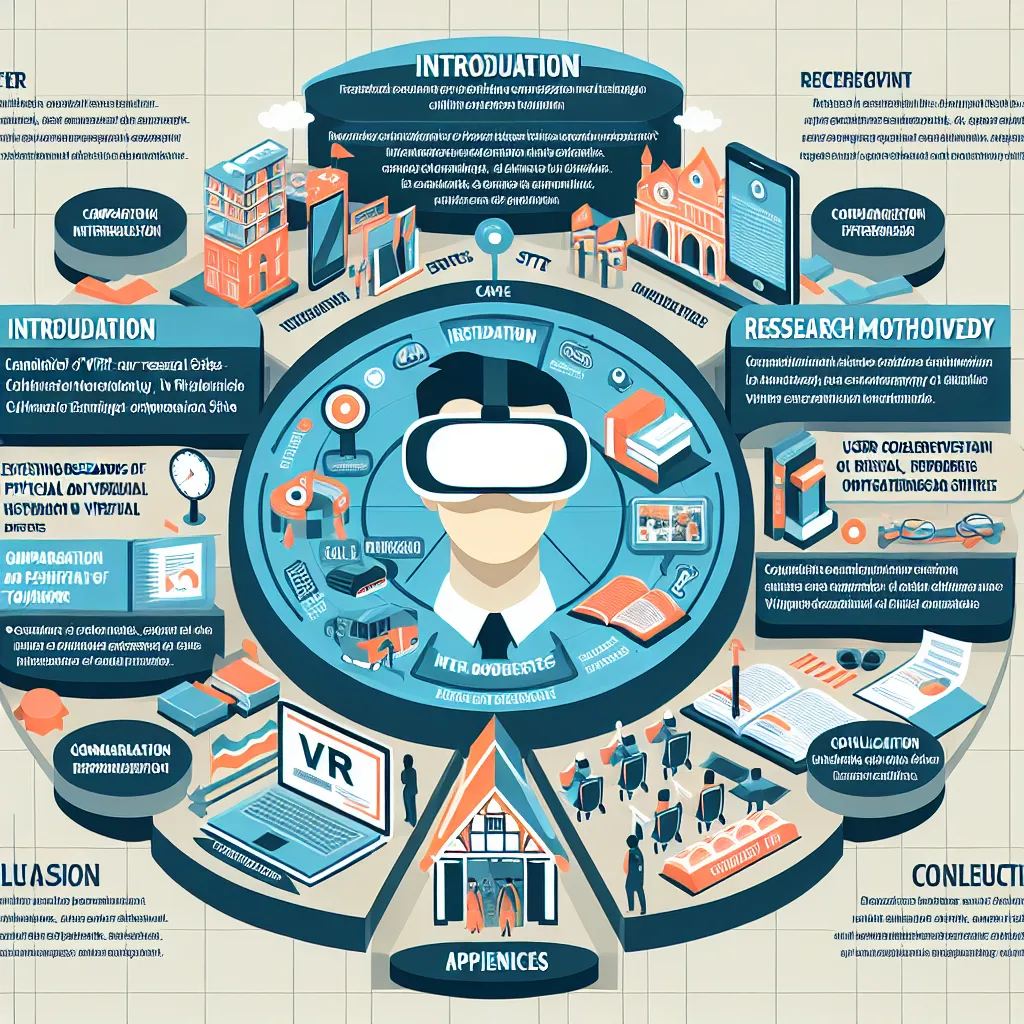


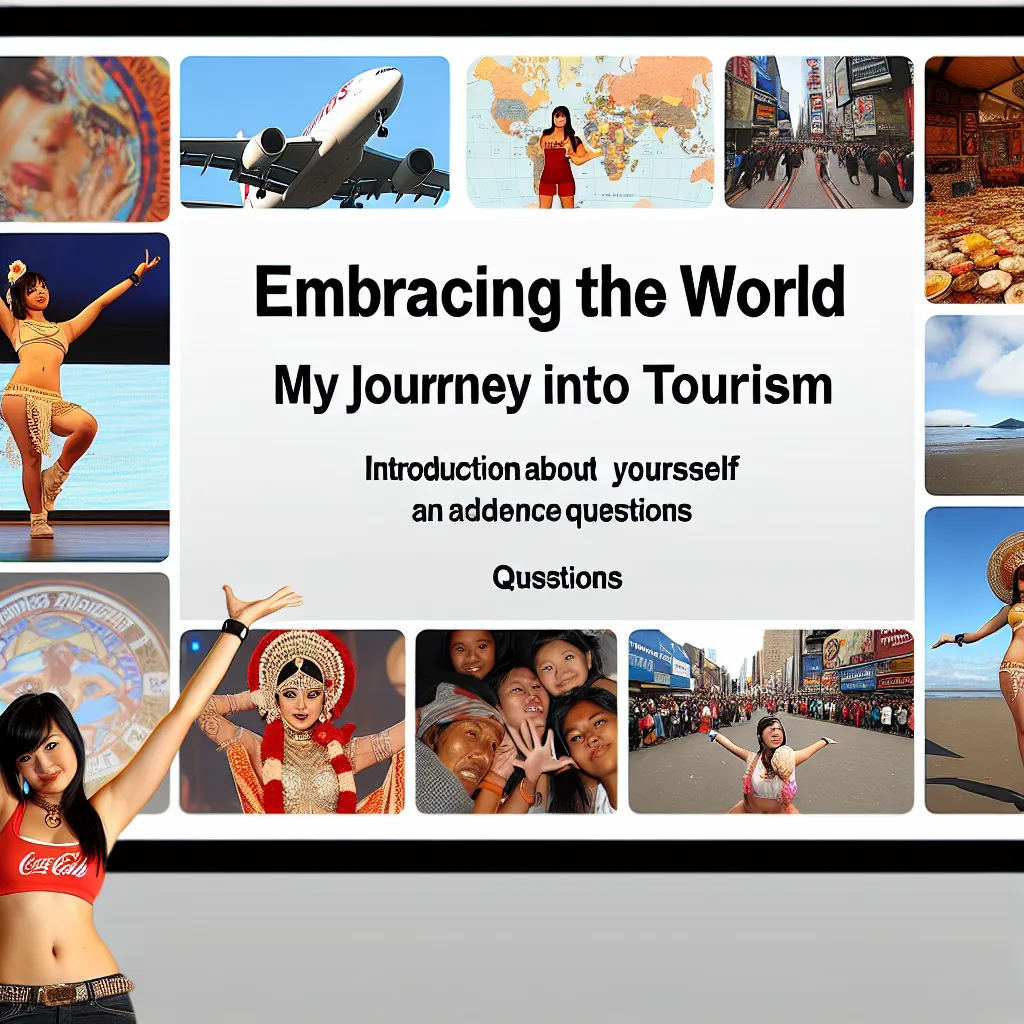
Post your own comment: